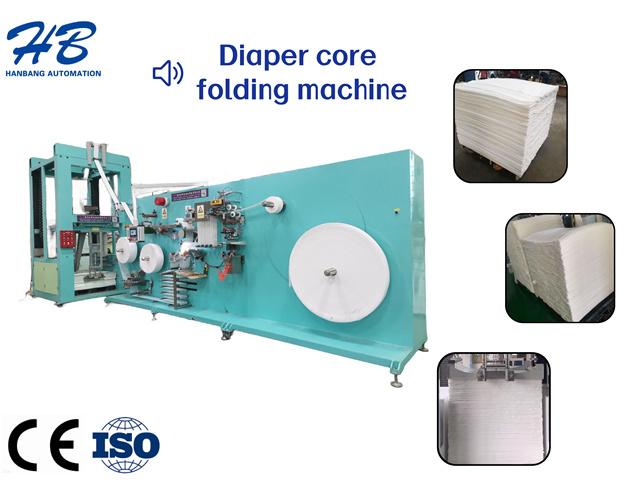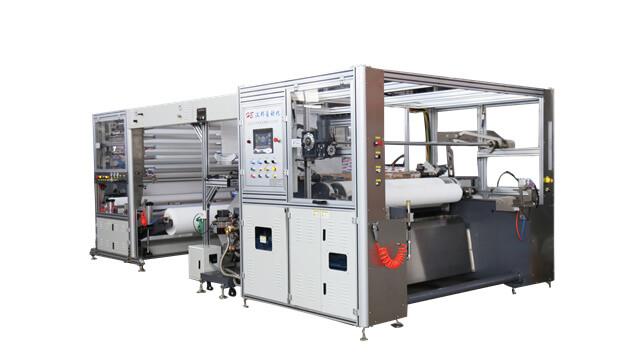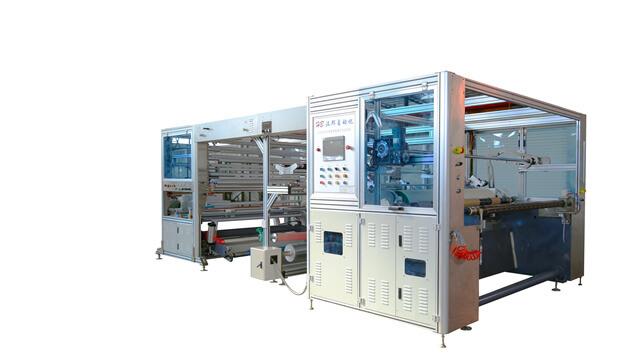
1. Machine Setup. 2. Material Selection. 3. Machine Adjustment. 4. Safety Precautions. 5. Maintenance and Cleaning. 6. Troubleshooting. 7. Quality Control. 8. C...
Introduction. 1. Market Size. 2. Key Players. 3. Market Segmentation. 4. Growth Factors. 5. Technological Advancements. 6. Challenges. 7. Future Prospects. Conc...
Introduction. 1. Preliminary Preparations. 2. Unpacking and Inspection. 3. Foundation Preparation. 4. Positioning and Alignment. 5. Electrical and Pneumatic Con...
1. Diaper Production. 2. Sanitary Napkin Manufacturing. 3. Wound Dressings. 4. Surgical Gowns and Drapes. 5. Face Masks. 6. Disposable Caps and Shoe Covers. 7. ...
1. Regular Cleaning and Lubrication. 2. Blade Maintenance. 3. Tension Control. 4. Inspection of Rollers. 5. Electrical Components. 6. Safety Measures. 7. Calibr...
Introduction. 1. Cutting Precision. 2. Speed and Efficiency. 3. Versatility. 4. Ease of Use. 5. Durability. 6. Safety Features. 7. After-Sales Support. 8. Cost-...

The diaper core folding machine is a state-of-the-art fully automated equipment used to fold diaper cores. It adopts full servo drive, stable operation, low working noise, fast product...

Applications:Processes such as embossing, punching, and laminating non-woven materials are often used in the production of diapers and sanitary napkins....

The products are widely used in diapers, sanitary napkins, medical supplies and other industries. . The equipment is equipped with an online slitting device to improve raw material util...
